Christian monasteries 🢔 Religious architecture 🢔 Architectural wonders 🢔 Categories of wonders
Wonder
Monastery of Saint Anthony
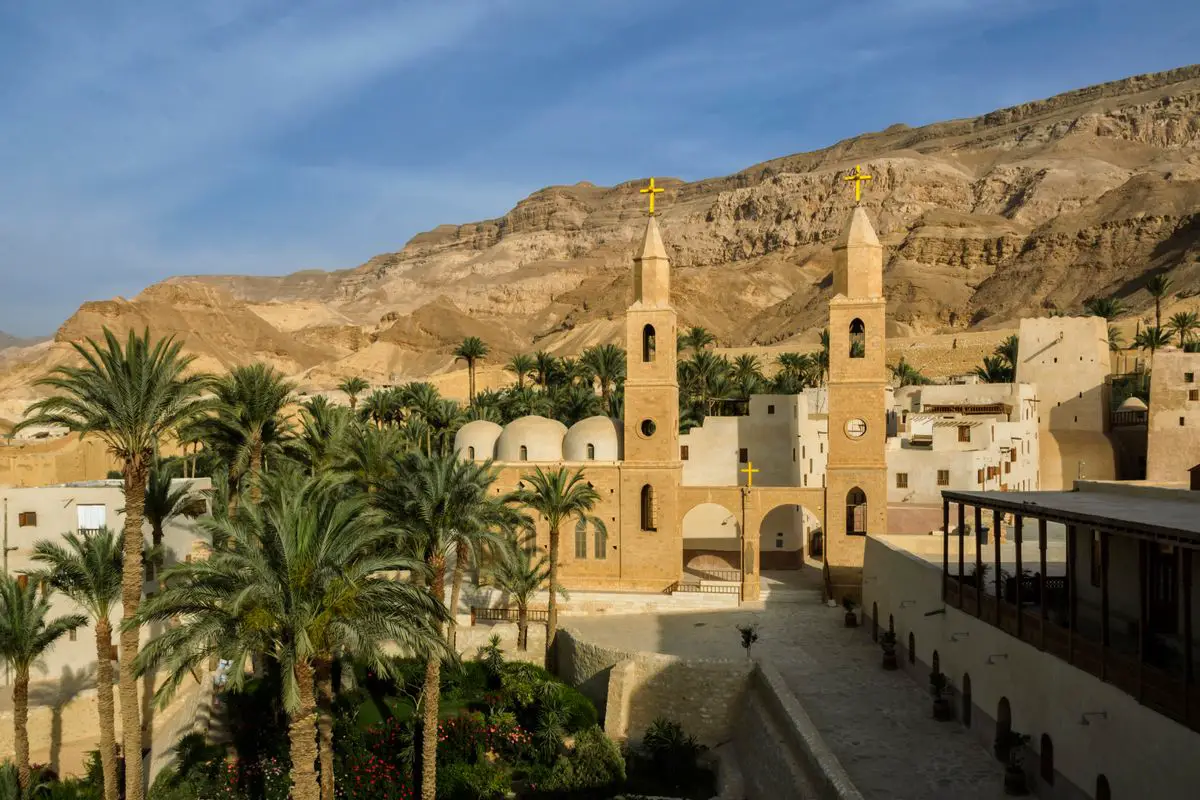
 In short
In short
One of the oldest Christian monasteries in the world is the Monastery of Saint Anthony. Its history started around 311 AD when Saint Anthony settled in a small cave not far from the present-day monastery.
 47.0%
47.0%
GPS coordinates
Name in Arabic
Founded
Order, branch of Christianity
Map of the site
If you see this after your page is loaded completely, leafletJS files are missing.
 In detail
In detail
History
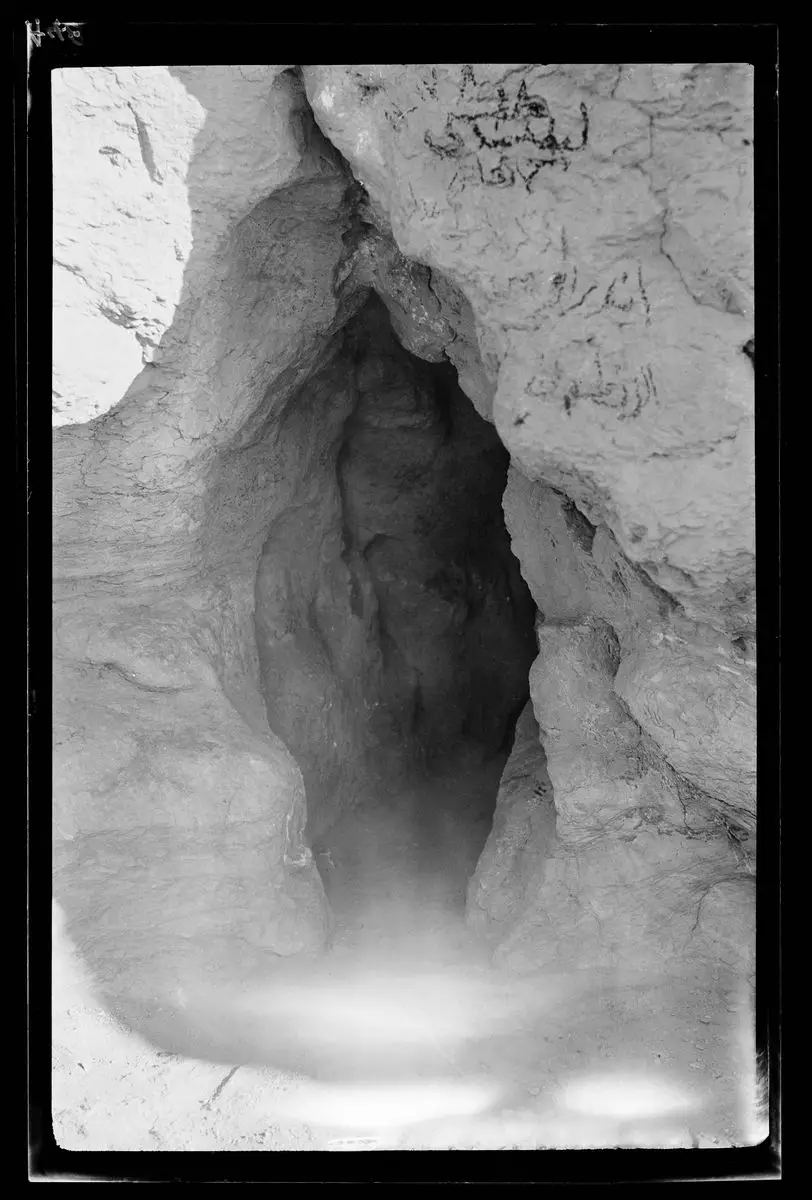
The history of the world’s oldest continuously inhabited monastery was started by a single man – Saint Anthony. An affluent boy, around the age of 20 years he decided to become a hermit, donated his properties, and started to live an ascetic life. Egypt in these times was a province of the Roman Empire and the new religion – Christianity – gained many followers there.
Life of Saint Anthonius was described by another important man in the history of Christianity – Athanasius of Alexandria. This work, “Life of Anthony”, for many centuries was an important source of inspiration for countless young people around Europe and Asia who choose to spend their lives in monasteries.
For many years Saint Anthony lived as a hermit in several places, gradually gaining followers, teaching them, and then trying to withdraw to some secluded place again.
With one such “escape” started the long history of the Monastery of Saint Anthony:
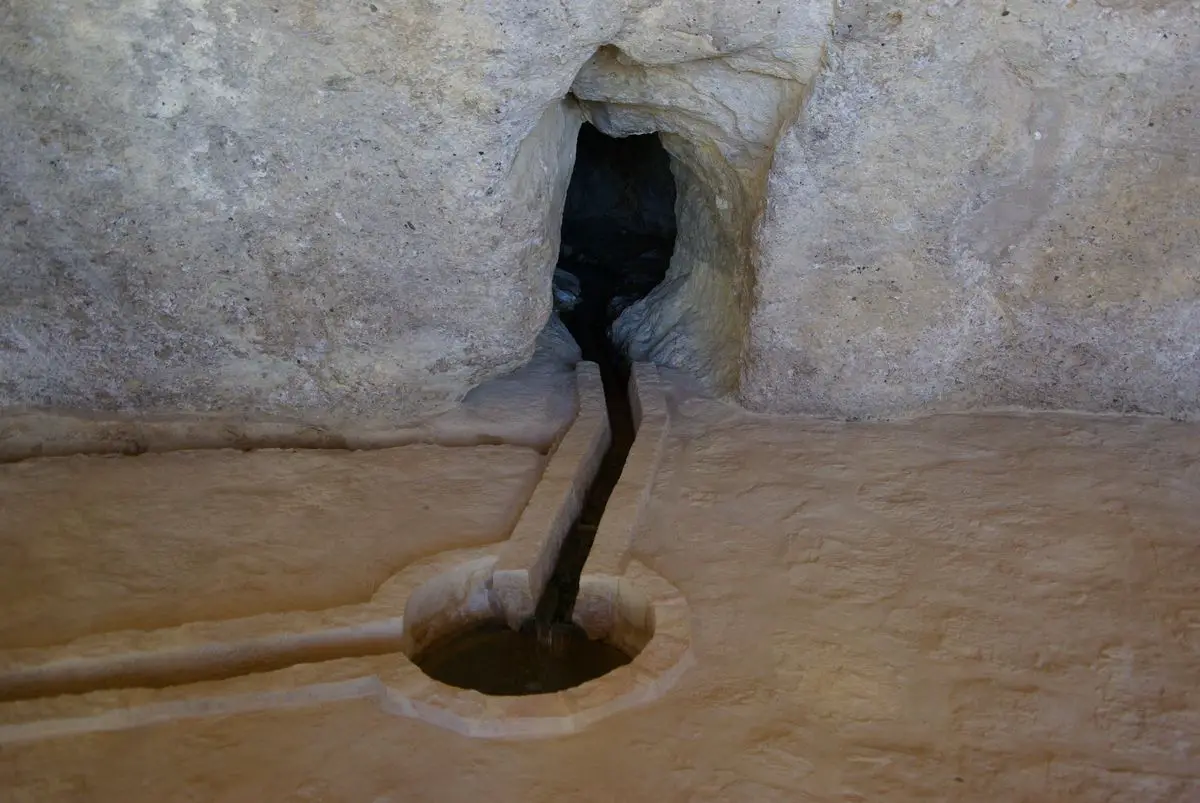
- Around 311 AD (not later than 337 AD) – Saint Anthony, now around 60 years old man, came to the present-day site of the monastery and settled in a cave or near it. This was and today is a small oasis with several springs in the Eastern Desert of Egypt, at the foot of the Red Sea Mountains. Saint Anthony was well known, his disciples visited him there as well.
- Approximately 311 – 356 AD – for most of the time Saint Anthony lived in this site. At this time Saint Anthony is a well-known and well-liked man and many other visitors took on the difficulties of this far road to visit the sacred, kind, and wise man. He, reportedly, lived up to 105 years of age and was buried near his cell. Upon his wish, the location of Saint Anthonys’ burial is not revealed.
- Decades after 356 AD – disciples of Saint Anthony started to live in cells around the cave of Saint Anthony. Gradually they established a joint place for liturgies and eating. The former ascetic way of life gradually turned into a communal way of living. A true monastery was started. According to medieval sources, the monastery was built there sometimes between 361 – 363, but there is no proof for this.
- Approximately 400 – 1000 AD – monks from other monasteries of Egypt sought refuge in Saint Anthony’s Monastery due to attacks of desert people and Persians. This, most likely, was a Melkite monastery in these times. It became a Coptic monastery around 970 AD.
- 11th century – monastery was several times attacked and partly destroyed by Berbers and also Kurds and Turks.
- 12th – 15th century – monastery was fortified, it became influential and rich. There were many monks, the monastery had a large garden – larger than any other Egyptian monasteries. This monastery became an important site of pilgrimage for Europeans. Many pilgrims left their names on the walls of monastery.
- The late 15th century – Bedouins ransacked the monastery and killed all monks.
- 16th – early 20th century – monks of several orders tried to renew the monastery but it gradually fell into disrepair and was abandoned. Nevertheless, it was an important historical landmark for European travelers and quite a few managed to reach it.
- 20th – 21st century – monastery gradually regained its status. Coptic monks came here and the monastery became an important tourist destination. A road to the monastery was built in the 1960ies. Now there are more than 100 monks in the monastery, many tourists – mostly Egyptians – come there every week.
- 2004 – 2006 – the first archaeological excavations in the monastery. Researchers got more information about the oldest known church – Church of St. Anthony (the chapel in it is a lot older) as well as found a rich collection of diverse artifacts that provided much information about the everyday life in the monastery.
Monastery of Saint Anthony today
Now Monastery of Saint Anthony is a large, lively Coptic monastery. There again are gardens and in the monastery are produced food products.
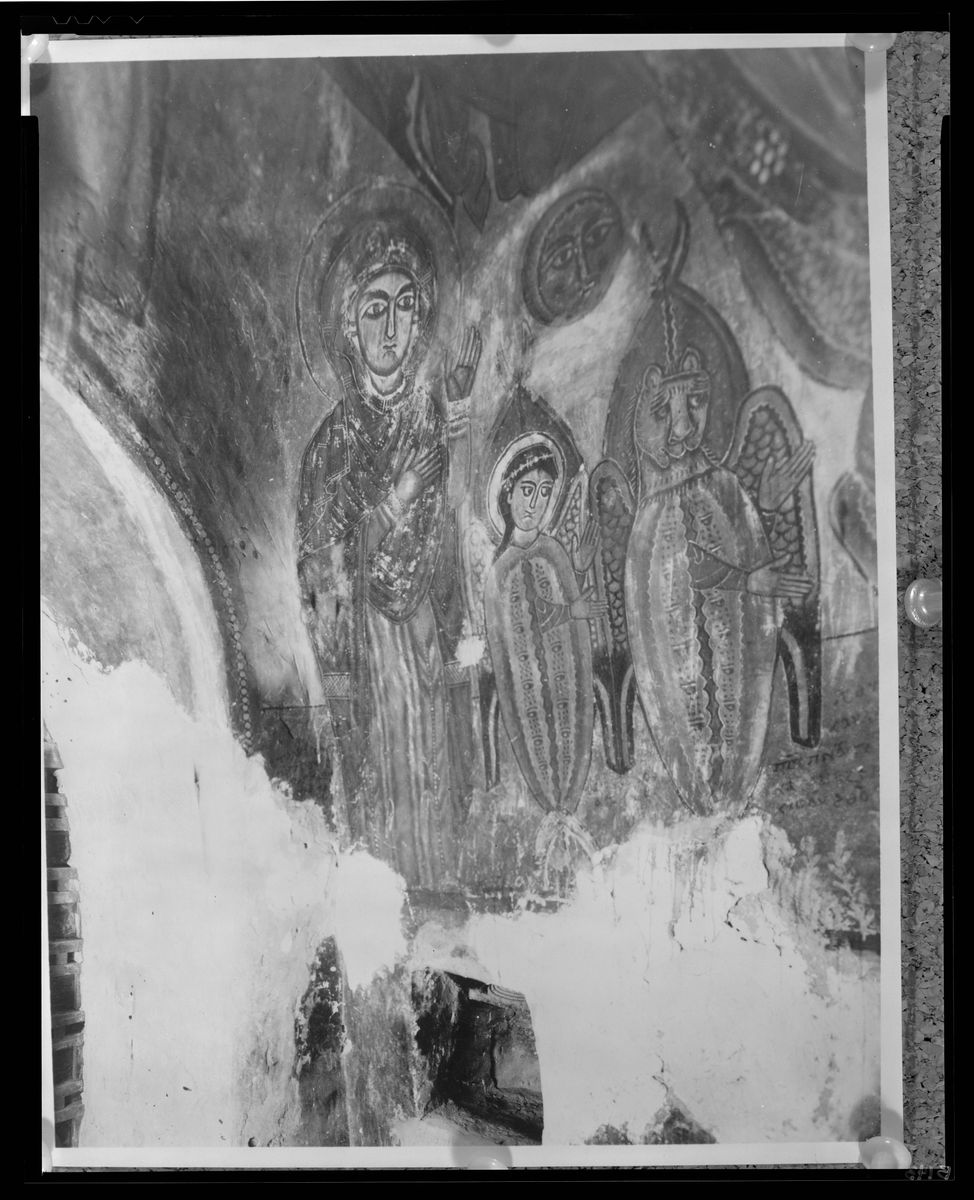
Many monks are young, well educated, the monastery is a well-known center of social activities with youth programs and religious events. Monks value antiquities and step by step the heritage is researched and renovated.
In the monastery are five churches – this large number is a bit puzzling. The oldest – Church of St. Anthony – is from the 12th century and has an interesting sanctuary for the four beasts of the Apocalypse (Chapel of the Four Living Creatures) with depictions of these beasts. This is the oldest work of art in the monastery, made sometimes between 550 and 700 AD.
The library of the monastery is located in the sixth church building – this building was not consecrated. There is the largest collection of Coptic manuscripts in Egypt – close to two thousand volumes. In the past it was larger, but, unfortunately, many of the manuscripts were lost during the attacks of Bedouins.
Higher up in the mountains is the Cave of Saint Anthony. This is a small natural cave – one can wonder how Saint Anthony lived in such a narrow, dark place. Most likely, he used the cave for shorter retreats, living closer to the spring and greenery. Near the cave is also the spring.
References
- Jesper Blid, Fr Maximous el-Antony, Hugo Lundhaug, Jason Zaborowski, Meira Polliack, Mengistu Gobezie Worku, Samuel Rubenson. Excavations at the Monastery of St Antony at the Red Sea, Opuscula, 9-2016. Accessed on February 13, 2022.
 Linked articles
Linked articles
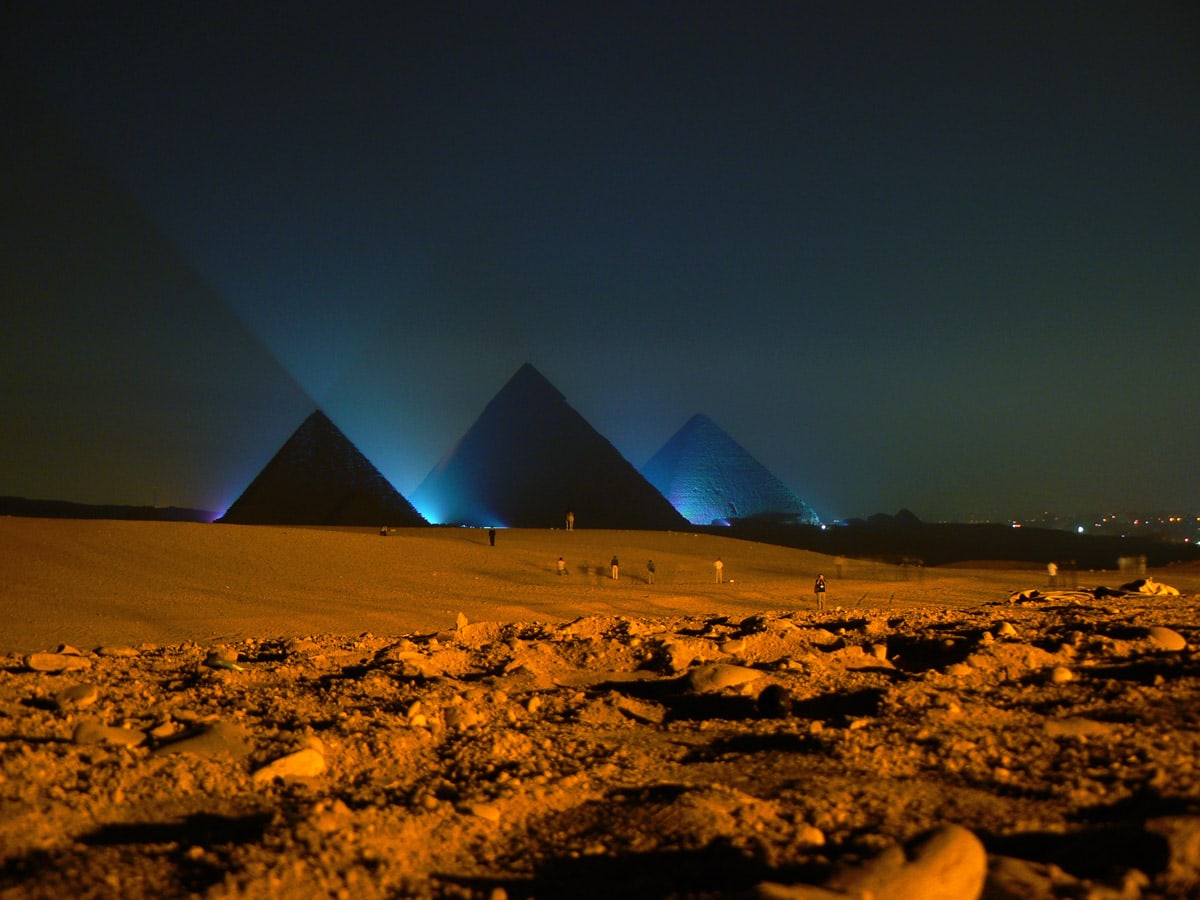
Wonders of Egypt
Egypt is home to many of the most important and impressive archaeological monuments in the world. Here, in the valley of the Nile developed one of the first and greatest civilizations – Ancient Egypt (3150 – 332 BC), leaving countless larger and smaller monuments.
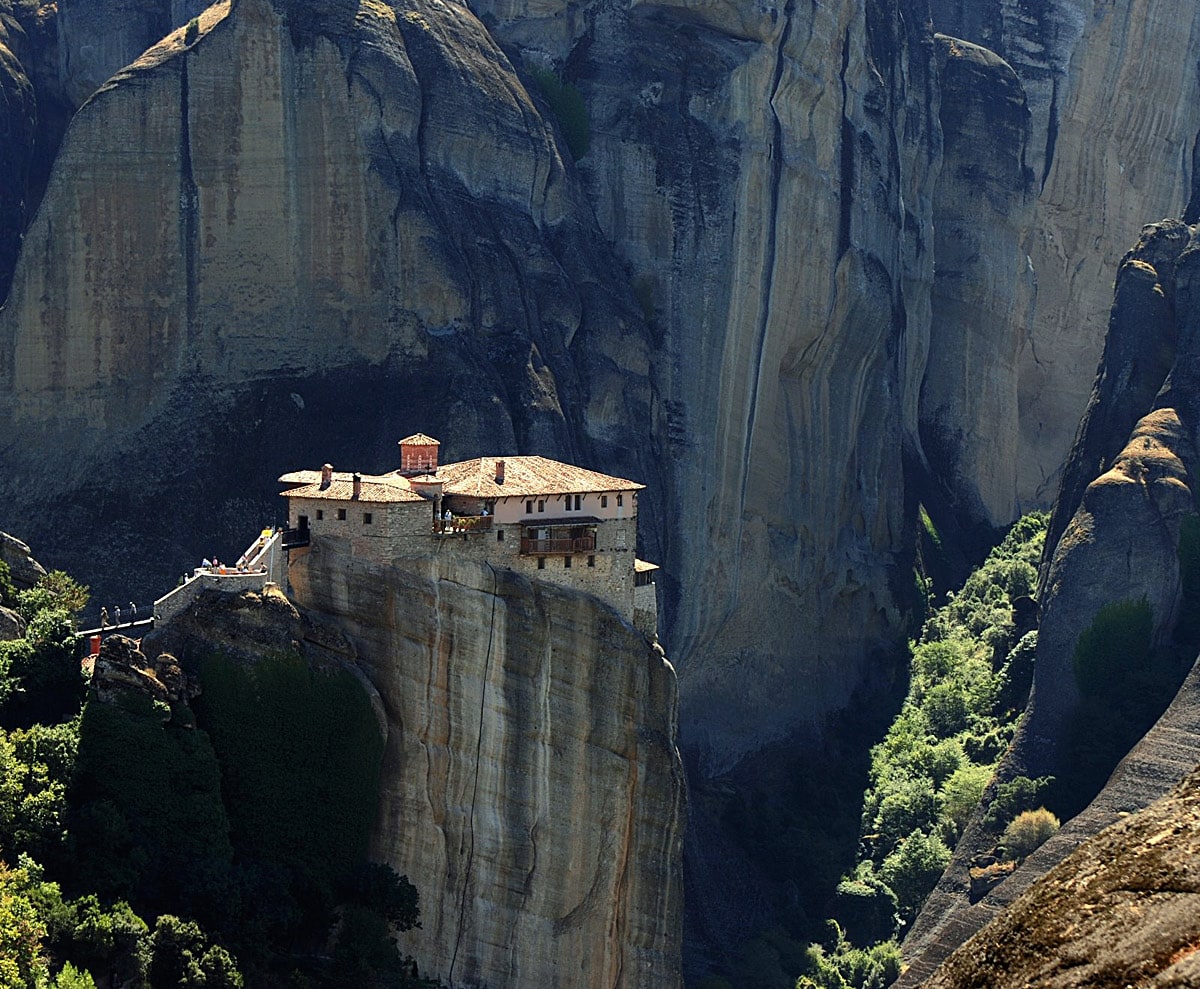
Christian monasteries
Christian monasteries have proven to be a very significant element in history, influencing politics, science, architecture, and art. Often monasteries themselves serve as collectories of written works, art, and crafts.
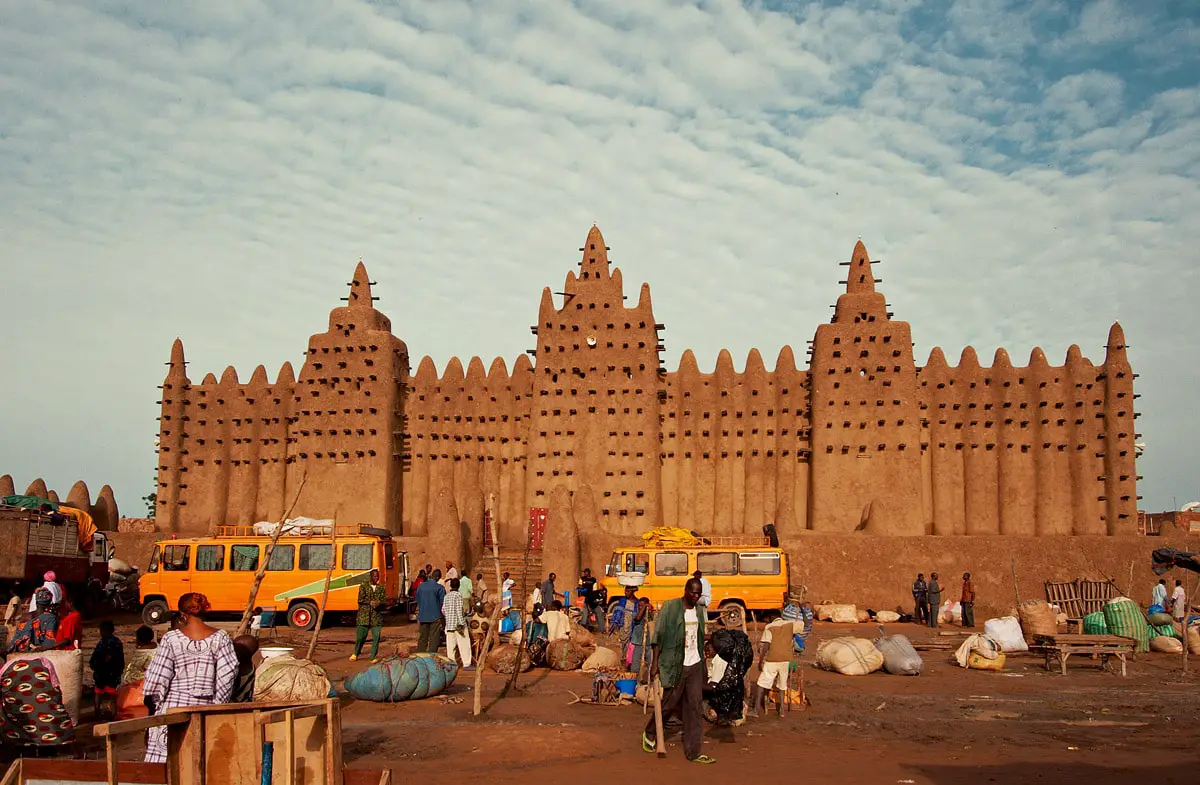
Religious architecture
Since ancient times human talents and skills have been expressed in religious architecture and arts, and traditions and rituals have evolved around pilgrimage sites. Religious buildings represent a major part of the highest achievements in architecture and crafts.
 Recommended books
Recommended books
History of the Coptic Orthodox People and the Church of Egypt
This is the story of the Copt Christians of Egypt, they still inhabit the narrow Nile Valley today, against all odds. The Coptic Orthodox Church of Egypt still persists on this spot of land in spite of centuries of marginalizing, ostracizing, and sanctioned persecutions. This book tells the story of the Copts of Egypt throughout the ages, the descendants of the great Pharaohs of Egypt…
Two Thousand Years of Coptic Christianity
Since its split from the Byzantine Church in 451, the Coptic Church has proudly maintained its early traditions, and influence from outside has been minimal: the liturgy is still sung to unique rhythms in Coptic, a late stage of the same ancient Egyptian language that is inscribed in hieroglyphs on temple walls and papyri.


